#Ludlow Typefaces: A Specimen Book of Matrix Fonts
Explore tagged Tumblr posts
Text
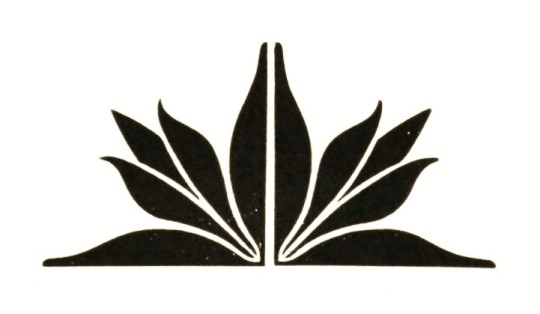

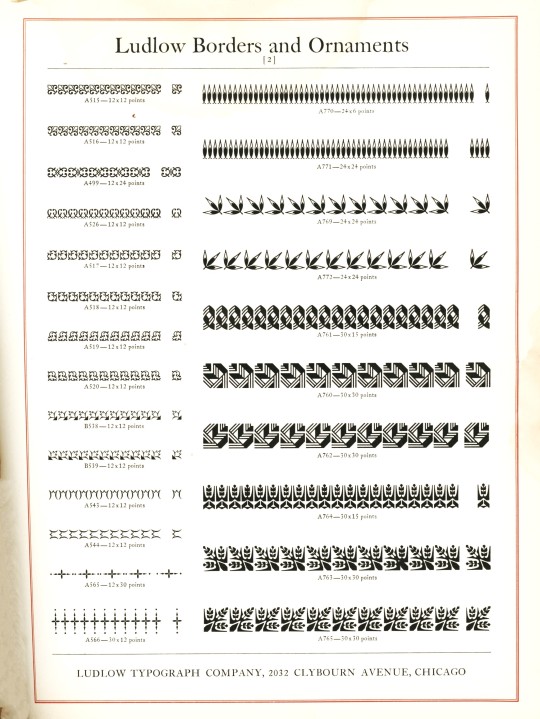





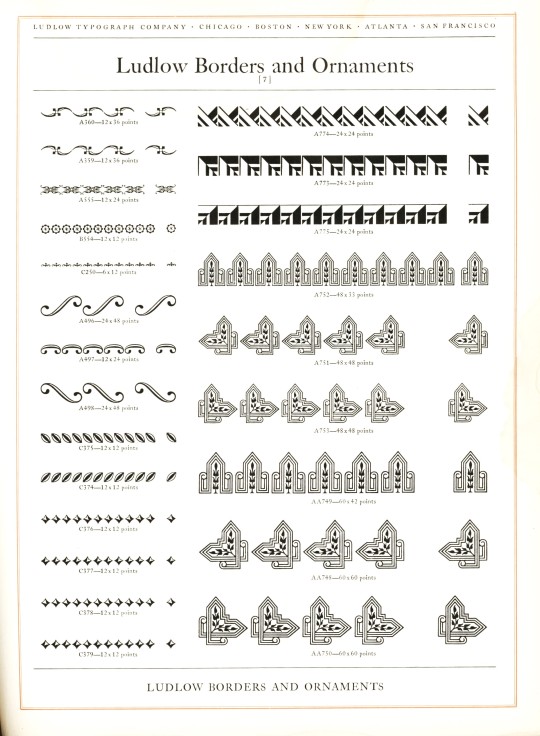
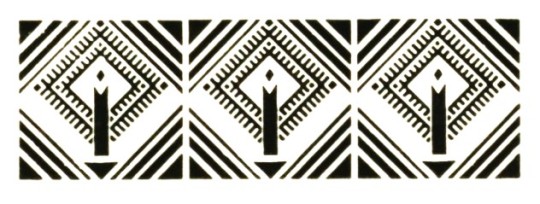
Typography Tuesday
LUDLOW ORNAMENTS
Today we present some Ludlow ornaments and borders from Ludlow Typefaces: A Specimen Book of Matrix Fonts, circa 1940. The Ludlow Typograph Company was founded in 1906 by William I. Ludlow and William A. Reade to manufacture and distribute a typecasting and composing system to compete against Linotype. You can read much more about the Ludlow Typograph and its composing system in our previous post from this specimen book.
View our other Typography Tuesday posts.
#Typography Tuesday#typetuesday#Ludlow Typograph Company#Ludlow ornaments#Ludlow Typefaces: A Specimen Book of Matrix Fonts#type ornaments#Type specimen books#type display books#type specimens#specimen books#20th century type
70 notes
·
View notes
Text




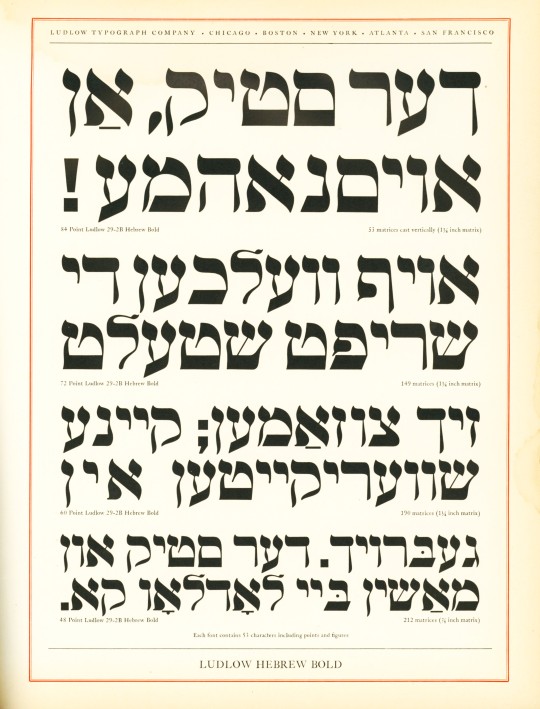

Typography Tuesday
Ludlow Fraktur and Hebrew
The Ludlow Typograph was one of the four major type composing systems that survived through the 20th century (the others were Monotype, Linotype, and Intertype), and numerous typefaces were designed specifically for its system. Today we show some Fraktur and Hebrew typefaces designed for the Ludlow Typograph.
German-reading peoples were the last group to relinquish the use of Gothic typefaces like Fraktur in the mid-20th century, and since, in our post-WWII imaginations, this kind of letterform is often associated with the Nazis (even though the Nazis themselves abolished it in 1941 after associating it with Jewish influences), it seems odd and even wrong to have it displayed along with Hebrew typefaces.
These specimens are displayed side by side in Ludlow Typefaces: A Specimen Book of Matrix Fonts, produced in Chicago around 1940, just before the Nazis jettisoned the use of Fraktur. The letterform itself has its roots in the late 12th century, and so has nothing to do with the National Socialist Party, except that the Nazis and all German-reading peoples used it until the 1940s because it was a letterform long associated with German national identity. And, of course, German Jews comfortably used Fraktur to read and write in German.
Read more about the Ludlow Typograph and its composing system in this post.
View some Ludlow ornaments and borders from this specimen book.
View our other Typography Tuesday posts.
#Typography Tuesday#typetuesday#Ludlow Typograph Company#Ludlow Typograph#Ludlow Typefaces: A Specimen Book of Matrix Fonts#Fraktur type#Hebrew type#Type specimen books#type display books#type specimens#specimen books#20th century type
38 notes
·
View notes